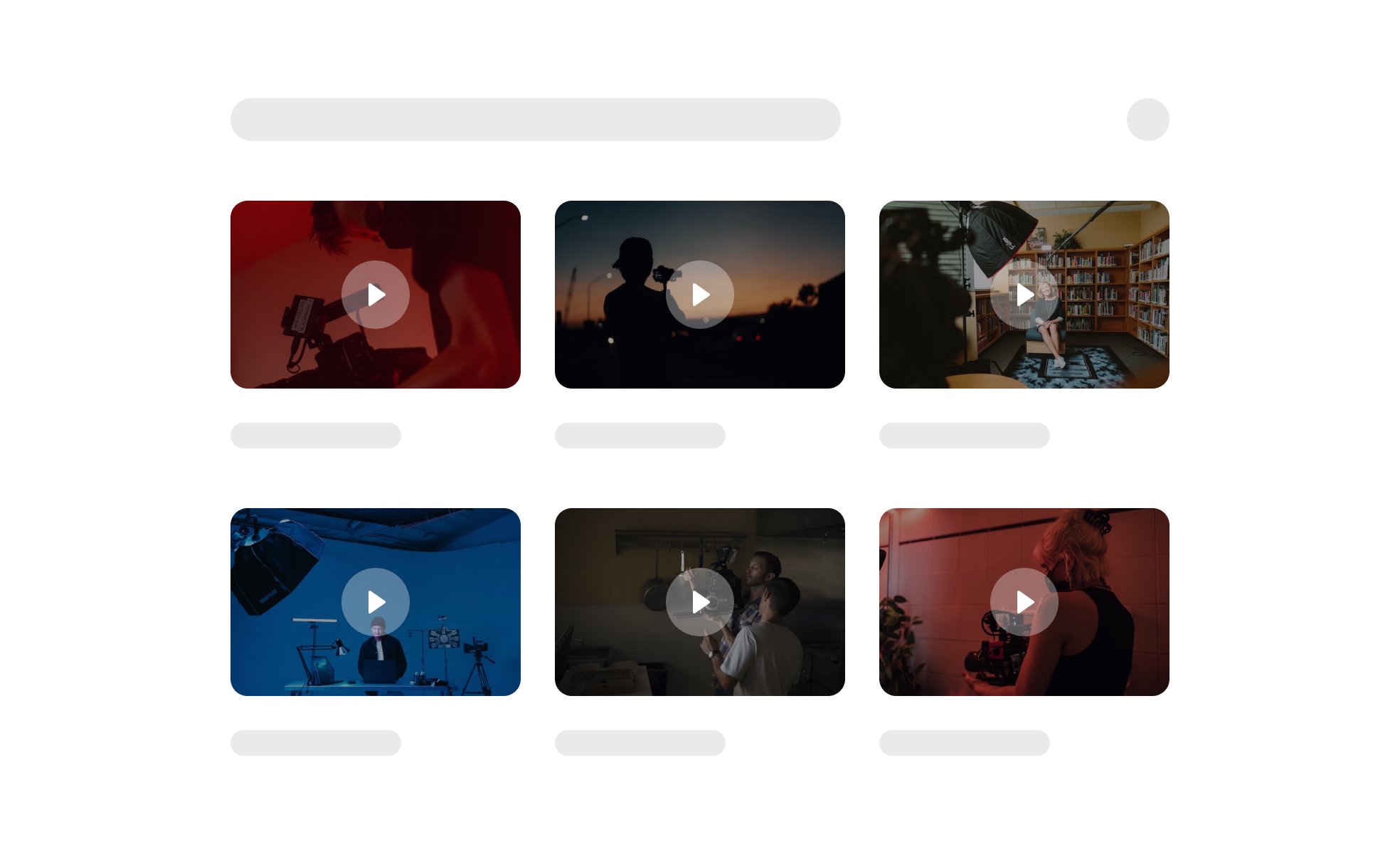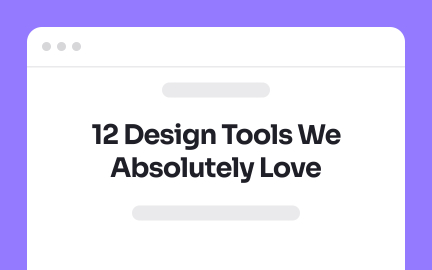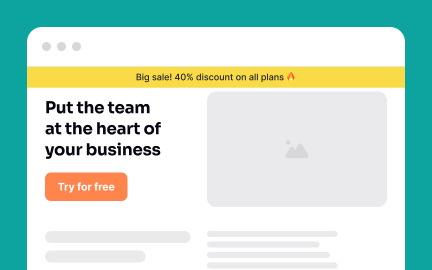Content
Content in design and product management is the information, visuals, and messaging that shape user experience, guide interactions, and deliver product value.

Content is the substance that gives products meaning. It encompasses everything users read, see, and interact with, from interface labels and microcopy to blog posts, tutorials, and in-app guides. In design, content provides the narrative that connects visuals to user goals, while in product management, it communicates product value and drives adoption. Without purposeful content, even the most beautifully designed interface feels empty.
In UX and UI design, content is often considered part of the interface itself. Buttons, navigation menus, and error messages all rely on content to communicate intent. A poorly written label can make an otherwise intuitive feature confusing. For example, a vague call-to-action like “Submit” may not give users confidence, whereas “Create Account” clearly states the outcome. Designers and writers must collaborate closely to ensure the content supports usability and clarity.
Content also drives tone and personality within products. A banking app might adopt a professional and reassuring tone, while a fitness app could take a more energetic and motivational approach. This alignment builds trust and consistency, shaping how users perceive the product. Good content reflects the brand’s identity while meeting the user’s emotional and practical needs.
From the product management perspective, content is a critical part of strategy. It informs how products are marketed, explained, and adopted. For example, a product requirements document or a feature launch announcement relies on well-crafted content to convey value.
Externally, content like case studies, blog posts, or onboarding tutorials influences customer acquisition and retention. Internally, documentation and release notes support teams in delivering cohesive experiences.
Real-world examples show how content can differentiate a product.
Airbnb relies heavily on user-generated content like photos and reviews, which build trust between hosts and guests. These cases highlight how content not only communicates information but also builds community and loyalty.
Content must also adapt to different formats and contexts. A headline on a landing page serves a different purpose than instructional text in an onboarding flow. Similarly, long-form knowledge base articles provide detail, while push notifications require brevity. Effective content strategy balances these contexts, ensuring that every message is optimized for its medium.
Key Takeaways
- Content is the substance of digital experiences, from microcopy to tutorials.
- Design teams use content to guide interactions and support usability.
- Product managers rely on content for messaging, adoption, and retention.
- Content strategy balances tone, format, and context.
Content is part of design because it guides users through interfaces, communicates intent, and sets tone. Visual design alone cannot create clarity without words, labels, or messaging that explain actions and outcomes. By integrating content into design processes, teams ensure that visuals and language work together.
This integration also reduces friction. When content aligns with design patterns, users navigate more easily, boosting both satisfaction and task success rates.
Content influences adoption by explaining value and reducing uncertainty. Clear onboarding tutorials, helpful FAQs, and approachable messaging build confidence for new users. Without this clarity, products risk abandonment before users understand their benefits.
Externally, content in marketing channels shapes perception. Blog posts, landing pages, and case studies demonstrate relevance and build trust, driving more people to try the product.
Inclusive content avoids jargon, uses plain language, and ensures that instructions are easy to follow for diverse audiences. It also supports assistive technologies by including alt-text, proper headings, and semantic structures.
Accessibility in content ensures equal participation for all users. When products communicate inclusively, they reach wider audiences and create more positive experiences.
Recommended resources
Courses

UX Writing

Building Content Design Systems

UX Design Foundations
Lessons

UI Accordions: Basics & Best Practices

AI’s Role in Text Generation and Modification

How to Use Text in Wireframes
Exercises
Tutorials

How to Make the Most Out of ChatGPT for UX Writing: Part 1

11 Best Practices for Designing 404 Pages

How to Develop Your Brand’s Voice & Tone
Projects

Content Audit for Travel Service

Booking Flow for a Film Screening App















